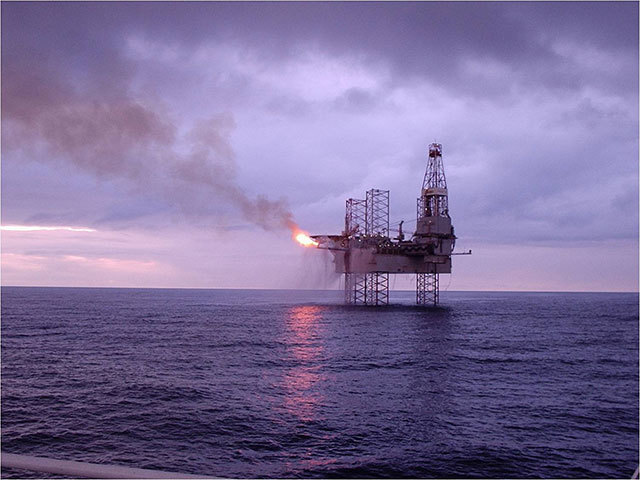
The latest Bank of Scotland’s report into the North Sea oil & gas industry presents a picture of optimism. It found that 92% of companies surveyed planned for growth over the next two years.
After weeks of reports of an industry apparently in irreversible decline, the report may seem to some counterintuitive; but there again, perhaps not.
The North Sea has been dealing with cost challenges for some time. Production efficiency on the UK Continental Shelf (UKCS) had dropped to a record low of 60% in 2013, from 80% only seven years before.
Exploratory drilling, which is intensively tracked by Energy every month thanks to Hannon Westwood, followed a similar trend, with only 12 wells drilled in 2014 compared to 44 in 2008.
We then had the government-commissioned Wood Review in 2014, recommending changes such as the creation of a new arm’s-length regulator and increased collaboration among industry stakeholders.
It is not, therefore, reasonable to deduce that the sector has been going through a transition period for some years, with the sudden slump in oil prices over past months simply accelerating the need for planning change and focusing minds more keenly on the need to build sustainably?
With that in mind it is interesting to observe that North Sea operators are broadly forming into four groups, each with a set of distinct challenges and objectives.
In the first group are companies with global portfolios that are keen to say farewell to the North Sea. No resentment here – they have enjoyed a great relationship for decades, but now, they can get better returns elsewhere when compared to their very mature assets in the North Sea.
These companies are on a total or partial exit strategy, either selling assets or decommissioning them if there is no economic life left.
Their focus will be on doing this with as minimal operational and reputational risk as possible.
And one company’s sale is another company’s acquisition while all decommissioning projects provide a boost to the UK supply chain.
In the second group are companies that are thought to be here for the long run.
They have relatively young assets which are either in production or advanced development and are likely to be challenged on profitability in the current environment, but do not necessarily need high oil prices to break-even.
Their strategy is to endure the present volatility and build for the future.
Therefore, their focus will be on streamlining, getting the basics done well, and investing where the value is sustainable and the pay-back is short.
For instance, they will be making the most of their existing data and sensors, as well as developing analytics capabilities to inform and enable predictive maintenance, or to perform profitability analysis, well by well.
They are likely to seek to become leaner on non-core activities, occasionally re-prioritising when required and this could mean deferring activities rather than cancelling.
These companies have also an opportunity to build their businesses by implementing new operating models designed to get better and more efficient services from suppliers. Rather than simply demanding lower rates, they will be looking to collaborate and develop working relationships.
The third group is made up of “new kids on the block”, or new entrants. This is a combination of companies in development mode with little or no production yet, as well as new investors, such as private equity companies or small/medium sized operators entering or increasing activity in the region, looking to buy producing assets without the attached large corporate overhead.
They can actually benefit from a lower cost of the supply chain and skills becoming available in the current market and can afford a lower oil price until they start producing.
They need to focus on how to operate at a lower cost base right from the start, and develop different operating models.
This includes concentrating their workforce on core business activities and getting the rest “as a service” from providers with service contracts that incentivise efficiency from the supply chain, rather than just adding contingent labour resources on a day-rate basis.
Only the fourth category includes companies that are in a make or break situation and need to shrink to survive. In other words, it’s mainly a matter of what will happen first, the oil price recovery or them running out of cash reserves or hedge cover.
In conclusion, this is an industry that for many years operated at a very high cost margin, simply because it was able to, but it would be wrong to suggest that the industry thought this would last forever.
The current situation brought about by low oil prices has, for many, been the catalyst to put in place plans to fundamentally transform operating models, reduce waste and create a sustainable, cost efficient, new way of working. With estimates of up to one third of the UKCS oil still to be developed and produced, the North Sea is far from closing for business and perhaps there is, after all, room for optimism.
Aberdeen has the chance to lead, introduce change, export the new model, and once again be at the global centre stage.
Luca Corradi is managing director leading Accenture’s energy business in Aberdeen. Davi Quintiere is senior manager in the business
Recommended for you
